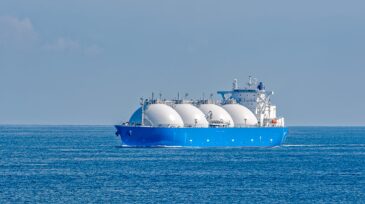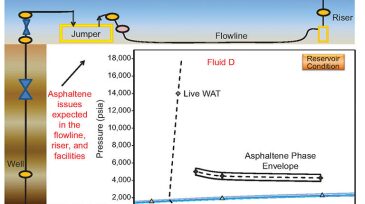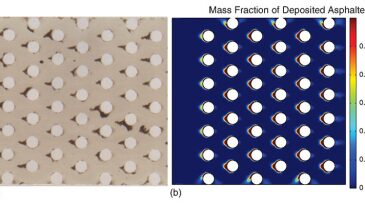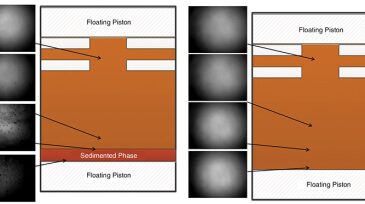asphaltenes
-
Located offshore the city of Batangas, approximately 2 hours south of Manila, the Luzon LNG project will include a fully integrated turnkey FLNG terminal, arranging the necessary supply of LNG and distribution of natural gas across the island of Luzon.
-
-
This paper discusses how demand for LNG has affected shipping routes as well as trade issues between the suppliers and importers of natural gas.
-
DNV estimates that gas will be the world’s primary energy source by the mid-2020s. Growth in LNG capacity is expected as the midstream sector invests in connecting shifting sources of gas with changing demand centers. Other factors also will drive the globalization of gas trading markets.
-
This paper presents an integrated approach to evaluate the key elements of asphaltene risk for deepwater projects, the strategy to manage the issues during production implementation, and aspects to be considered in the mitigation of asphaltene in the field-development plan.
-
Asphaltene precipitation and deposition in production tubing and surface facilities are well-documented issues, and different methods are available to manage them.
-
This paper presents a methodology that begins by determining the ADE in the laboratory. Moreover, asphaltene-deposition rates for the tubing conditions can be measured using high-pressure/high-temperature coaxial-cylinder technology.
-
As operators rely on longer subsea tiebacks, an upward trend in the number of plugs caused by paraffins and hydrates has been seen. New prevention and remediation methods are discussed to help solve these challenges.
-
Due to the continued pressure from weak utilization of existing operating fleet and supply overhang of newbuilds, Keppel is cutting its yard capacity. The company is however seeking opportunities in niche and new markets.
-
This paper focuses on a numerical-modeling analysis of the acid-gas-injection (AGI) scenario in carbonate HP/HT reservoirs, and presents the way in which AGI impacts asphaltene-precipitation behavior.










